
What Is a Gravel Bike?
Gravel bikes are versatile bicycles designed for roads, gravel paths, and light off-road trails. Available in traditional and electric (e-bike) versions, they offer pedal-assist power for longer rides, steeper climbs, and mixed-terrain adventures. This guide explains what a gravel bike is, its key features—including e-bikes—and how it compares to other bike types to help you choose the perfect ride.
What Is a Gravel Bike?
At first glance, a gravel bike might look similar to a road bike, but it’s built for much more than smooth tarmac. Gravel bikes typically feature drop handlebars, stable geometry, and wider tyres, giving you the speed and efficiency of a road bike while handling gravel paths, forest trails, and light off-road terrain with confidence.
Think of a gravel bike as your ultimate go-anywhere bicycle. It can link together paved roads, gravel tracks, byways, and even bridleways. Some models, including electric gravel bikes, offer pedal-assist power to tackle steep climbs or extend long-distance rides. Many riders also equip their gravel bikes with racks and bags for multi-day bikepacking adventures.
Whether you prefer a model tuned for racing speed or one optimized for off-road stability, a gravel bike is designed to handle a wide variety of terrain, making it a versatile choice for both casual riders and adventure cyclists.
Key Features of a Gravel Bike
Gravel bikes combine the speed of a road bike with the stability and versatility to tackle gravel paths, forest trails, and light off-road terrain. Both traditional and electric gravel bikes rely on frame materials, geometry, tyres, brakes, and components to deliver comfort, performance, and control across mixed terrain.
Gravel Bike Frame Materials
Gravel bike frames are commonly made from aluminium, carbon, steel, or titanium, each offering unique advantages. Aluminium frames are lightweight, durable, and budget-friendly, making them ideal for entry-level and mid-range bikes. Carbon frames are lighter and engineered to absorb vibrations, providing a smooth and responsive ride. Many high-performance and electric gravel bikes use carbon to offset the weight of motors and batteries while keeping ride quality high.
Steel frames are known for compliance and comfort, naturally absorbing bumps on long-distance rides or rough gravel tracks. Titanium combines light weight with durability, corrosion resistance, and long-term reliability, making it a top choice for endurance gravel riding and bikepacking adventures. The frame material you choose will affect the bike’s handling, comfort, and overall feel, particularly on long or challenging rides.
Gravel Bike Geometry and Riding Position
Gravel bike geometry is optimized for stability, comfort, and control on mixed terrain. A longer wheelbase and slacker head tube angle provide more forgiving handling on gravel tracks, loose surfaces, and rough trails. Most gravel bikes offer a slightly upright riding position, which reduces fatigue on long rides and allows better weight distribution over the bike when tackling obstacles.
Some high-end models include vibration-absorbing features, such as curved chainstays, flexible seatposts, or frame inserts, to smooth out impacts from uneven roads. This geometry allows riders to maintain speed and efficiency on tarmac while staying comfortable and secure off-road. Electric gravel bikes benefit from this stability as well, helping manage the extra weight of the motor and battery.
Gravel Bike Tyres and Wheels
Tyres and wheels are among the most important features of a gravel bike. Most gravel bikes come with 700c wheels, which offer speed and efficiency on paved roads, while 650b wheels allow for wider tyres that improve traction without affecting rolling performance. Gravel bikes provide generous clearance for wide tyres, often up to 50mm, to handle mud, gravel, and rough terrain.
Tubeless tyres are increasingly common, allowing riders to run lower pressures for better grip, improved comfort, and fewer pinch flats. Tyre tread patterns vary depending on intended use: light tread is ideal for dry paths, while more aggressive tread with side knobs improves traction on loose or muddy surfaces. The right tyres are crucial for maintaining control, comfort, and efficiency across mixed terrain.
Gravel Bike Brakes
Disc brakes are standard on gravel bikes, providing reliable stopping power in all conditions. Hydraulic disc brakes offer smooth modulation and strong braking, perfect for technical trails or loaded bikepacking setups. Mechanical disc brakes are more affordable and easier to maintain, though they may provide slightly less consistent stopping power.
Rotor size affects braking efficiency: larger rotors (160–180mm) provide extra stopping power for heavier riders, steep descents, or bikes carrying luggage. For riders exploring mixed terrain or venturing off-road, reliable braking is essential for safety and confidence.
Gravel Bike Gearing
Gravel bikes feature 1x or 2x drivetrains, often with gravel-specific groupsets designed for climbing steep trails and maintaining efficiency on flats. A 1x drivetrain simplifies shifting, reduces mechanical issues, and pairs with wide-range cassettes to cover most terrain.
A 2x drivetrain provides additional gear ratios for steep climbs or technical off-road sections. Many modern gravel bikes use clutched derailleurs and narrow/wide chainrings, ensuring the chain stays in place even on bumpy or uneven surfaces. Proper gearing is especially important for electric gravel bikes, which combine pedal-assist power with low gearing to tackle challenging climbs efficiently.
Handlebars and Accessories
Gravel bikes usually feature drop handlebars, often slightly flared for improved stability off-road. Multiple mounting points for racks, fenders, water bottles, and top-tube bags make gravel bikes perfect for commuting, touring, or multi-day bikepacking adventures.
Higher-end models may include dropper posts, allowing quick saddle height adjustments for technical descents or rough terrain. These features make gravel bikes highly versatile, whether for weekend rides, adventure touring, or long-distance endurance cycling.
Gravel Bike Suspension
Although not as extensive as mountain bikes, gravel bikes may include short-travel suspension forks or frame flex designs to absorb vibrations. Tyre inserts and lower pressures also enhance comfort without adding complex suspension systems.
On electric gravel bikes, suspension helps manage extra weight from motors and batteries while maintaining smooth handling and ride quality. Together with wide tyres and vibration-absorbing features, suspension keeps riders comfortable on rough terrain, reducing fatigue during long rides.
Benefits of Riding a Gravel Bike
Gravel bikes are highly versatile, allowing riders to tackle paved roads, gravel paths, forest trails, and light off-road terrain with ease. This multi-terrain capability makes them ideal for riders who want one bike for commuting, weekend adventures, or long-distance touring.
Comfort is another key advantage. Gravel bikes feature upright geometry, wider tyres, and vibration-absorbing designs, reducing fatigue on long rides and smoothing out rough surfaces. Even electric gravel bikes maintain this comfort while providing pedal-assist power for extended rides or steep climbs.
Gravel bikes are perfect for bikepacking and adventure cycling. With multiple mounting points for racks, fenders, and bags, riders can carry camping gear or supplies for multi-day trips without sacrificing stability or handling.
Despite their off-road capabilities, gravel bikes remain lighter than mountain bikes, offering better efficiency on tarmac while still handling loose gravel and uneven trails. This balance of weight, comfort, and versatility makes gravel bikes an excellent all-rounder for riders of all levels.
Gravel Bike vs Other Bikes
Gravel bikes are versatile, blending features from road, cyclocross, mountain, and hybrid bikes. Knowing the differences helps riders choose the right bike for mixed terrain, commuting, adventure cycling, or bikepacking.
Gravel vs Road Bike
Gravel bikes and road bikes may look similar, but they serve different purposes. Gravel bikes feature wider tyres, more tyre clearance, and an upright geometry, providing comfort and stability on rough paths and light off-road trails. Road bikes prioritize speed, efficiency, and aerodynamics, with narrow tyres and aggressive geometry for smooth tarmac. Gravel bikes can handle paved roads but excel on gravel paths, forest tracks, and adventure routes where road bikes struggle.
Gravel vs Cyclocross Bike
Cyclocross bikes are built for short, fast races, with geometry and gearing optimized for agility and quick acceleration. They use narrow tyres (usually up to 33mm) and tight clearances, limiting off-road versatility. Gravel bikes focus on endurance and versatility, with wider tyres, more frame clearance, and mounting points for racks and fenders. This makes gravel bikes better suited for long-distance rides, bikepacking, and mixed-surface adventures.
Gravel vs Mountain Bike
Mountain bikes excel on technical trails with wide, grippy tyres, heavy-duty suspension, and low gearing for steep climbs. Gravel bikes borrow some off-road features, like wide tyres and lower gearing, but remain lighter and faster on paved roads. Drop handlebars and minimal suspension make gravel bikes ideal for mixed terrain rides, long-distance adventures, and adventure cycling, while mountain bikes dominate extreme off-road conditions.
Gravel vs Hybrid Bike
Hybrid bikes are designed for commuting and light trails, featuring flat handlebars, moderate gearing, and wider tyres than road bikes. Gravel bikes, however, have drop bars, flared designs, and more tyre clearance, offering superior control and comfort on rough trails. While hybrids are great for city rides or leisure cycling, gravel bikes provide better off-road performance, bikepacking capability, and long-ride comfort.
Electric Gravel Bikes (E-Gravel)
Electric gravel bikes, or e-gravel bikes, combine the versatility of a gravel bike with pedal-assist motors for easier riding on long routes, steep climbs, or mixed terrain. Motors are usually located in the rear hub or bottom bracket, with batteries integrated into the frame for balanced handling and stability.
E-gravel bikes allow riders to cover longer distances with less effort, making them ideal for bikepacking, multi-day tours, and challenging trails. The adjustable pedal-assist system provides flexibility for different surfaces and ride intensity.
Despite the motor, e-gravel bikes retain key features of traditional gravel bikes, such as wide tyres, flared drop bars, and multiple mounting points, giving riders off-road capability, comfort, and the ability to carry gear while enjoying the benefits of electric assistance.
Best Electric Gravel Bikes from isinwheel
isinwheel offers high-performance electric gravel bikes built for both city commuting and off-road adventures. Models like the UCity and M10 combine 500W motors, long-range batteries, and durable suspension, providing comfort, control, and versatility on mixed terrain.
isinwheel Electric Gravel Bike Comparison: UCity vs M10
|
Image |
 |
 |
|
Feature |
||
|
Top Speed |
20 MPH |
21.7 MPH |
|
Peak Power |
500W |
500W |
|
Battery |
36V 10.4Ah |
36V 10.5Ah |
|
Max Range |
55 miles |
60 miles |
|
Pedal Assist Levels |
7 |
7 |
|
Tire Size |
26×1.95" |
26×1.95" |
|
Tire Type |
Pneumatic |
Pneumatic |
|
Brake System |
Dual disc brakes |
Mechanical disc brakes |
|
Suspension |
Front suspension fork |
Front suspension system |
|
Max Load |
120 kg |
150 kg |
|
Net Weight |
28.4 kg |
27 kg |
|
IP Rating |
IPX4 |
IPX5 |
|
Removable Battery |
Yes |
Yes |
|
Rider Height |
150–192 cm |
160–190 cm |
|
Max Climb |
20% |
20% |
Choosing the Right Gravel Bike for You
Consider Your Terrain
Selecting the best gravel bike for beginners starts with knowing where you’ll ride. For light gravel paths, forest trails, or paved roads, a standard gravel bike with stable geometry and wider tyres is ideal. For technical trails or rough off-road terrain, choose a bike with extra tyre clearance, robust suspension, and durable components.
Set Your Budget
Gravel bikes come in a range of prices, including entry-level and affordable e-gravel bikes. Choosing a bike that fits your budget while offering reliability and comfort ensures you get the most value without compromising performance. Even beginner-friendly models can handle mixed terrain and long rides effectively.
Focus on Fit and Comfort
A proper fit is essential for control and efficiency. Pay attention to frame size, reach, handlebar type, and saddle adjustment. A correctly sized gravel bike reduces fatigue, improves stability, and enhances comfort on long rides, whether commuting, exploring trails, or bikepacking.
For a step-by-step selection, our gravel bike buying guide offers tips on terrain, components, and fit to help you find the perfect bike.
Conclusion
Gravel bikes are versatile, comfortable, and perfect for mixed terrain, from paved roads to gravel paths and light off-road trails. When choosing the best gravel bike for beginners or experienced riders, consider your terrain, budget, and features, including options like electric gravel bikes for longer rides and tougher climbs. Explore the best gravel bikes today and find the perfect ride for commuting, adventure, or bikepacking.
FAQs
What is the difference between a gravel bike and a normal bike?
A gravel bike differs from a normal bike with wider tyres, more tyre clearance, a longer wheelbase, and a slacker head tube angle for stability on uneven terrain. It usually has drop handlebars, lower gearing, and accessory mounts, making it ideal for mixed terrain, light off-road trails, and bikepacking, while normal bikes are typically optimized for smooth roads or commuting.
What are the disadvantages of a gravel bike?
Gravel bikes are slightly heavier than road bikes, which can reduce speed on smooth tarmac, and they have less suspension travel than mountain bikes, making technical trails less comfortable. They can be more expensive than entry-level road or hybrid bikes, and they are not as specialized for extreme off-road riding as mountain bikes.
Gravel bike vs mountain bike – what’s the difference?
Gravel bikes are lighter, faster on tarmac, and built for mixed terrain or long-distance rides, while mountain bikes have heavier frames, wide knobby tyres, and advanced suspension for technical trails and steep descents. Gravel bikes are better for adventure cycling and bikepacking, whereas mountain bikes excel in extreme off-road conditions.
What are the benefits of a gravel bike?
Gravel bikes provide multi-terrain versatility, comfortable upright geometry, and the ability to carry racks, fenders, and water bottles for bikepacking. They are lighter than mountain bikes but still capable off-road, and electric gravel bikes offer pedal-assist for longer rides and tougher climbs, making them suitable for both beginners and experienced riders.
The Latest Posts
Explore isinwheel products
City E Scooter | Off-Road Scooter
Fastest Scooter | Kids Scooters




















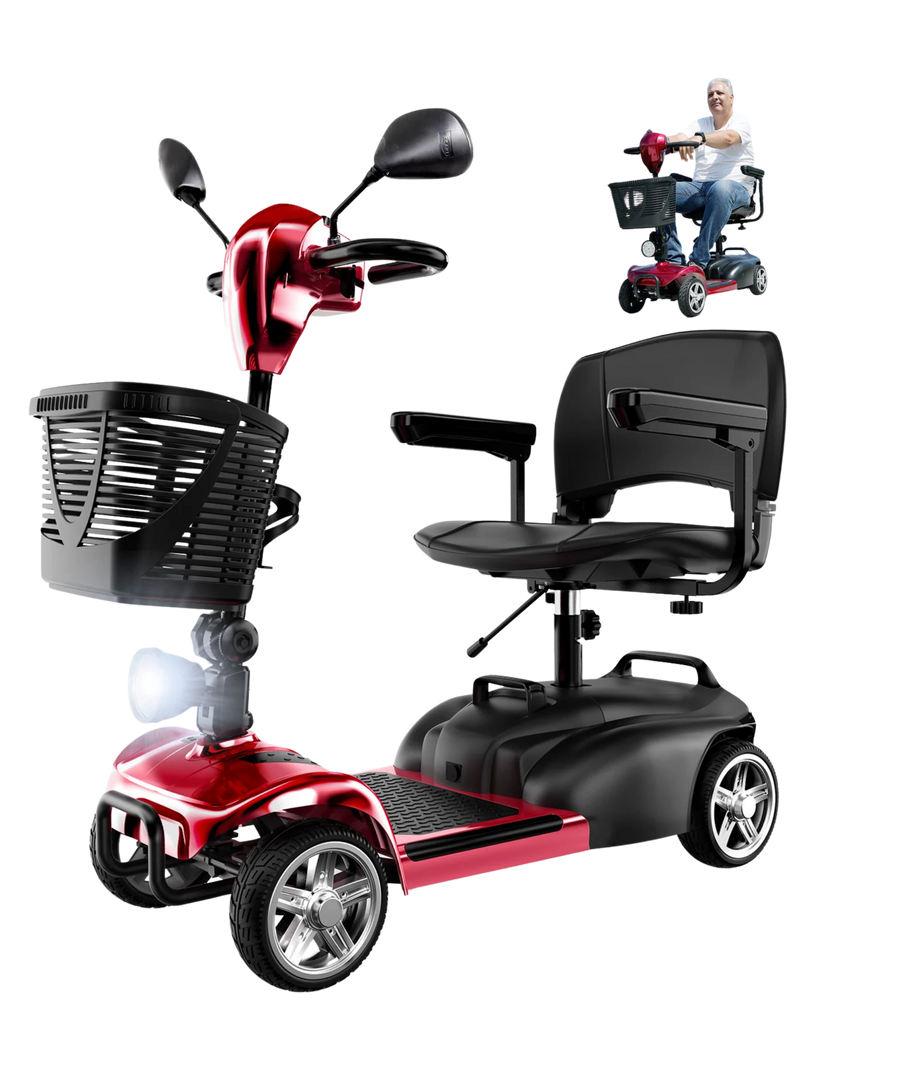


























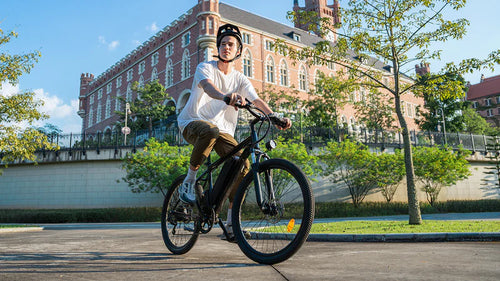
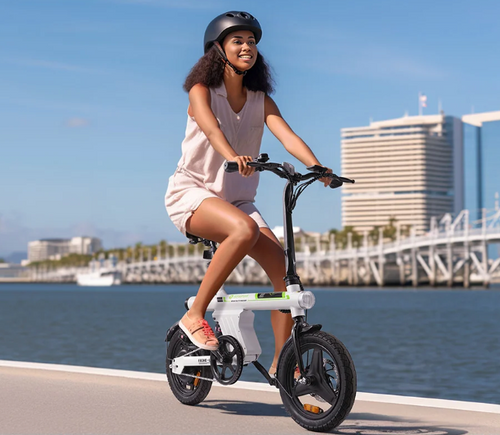



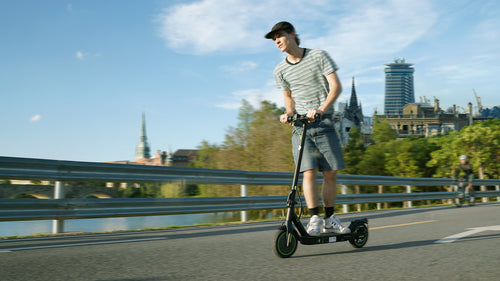


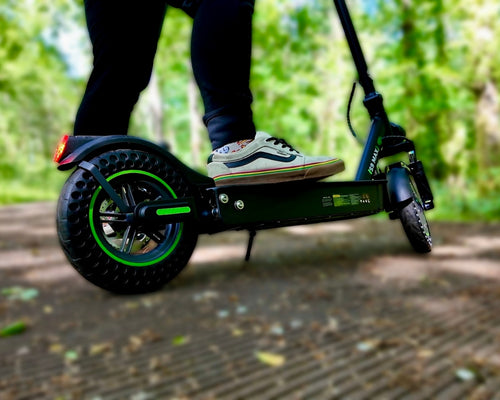

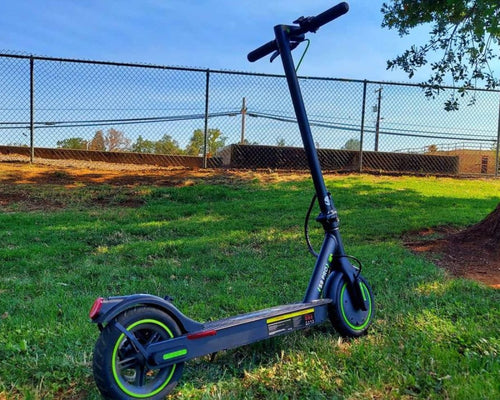





Leave a comment